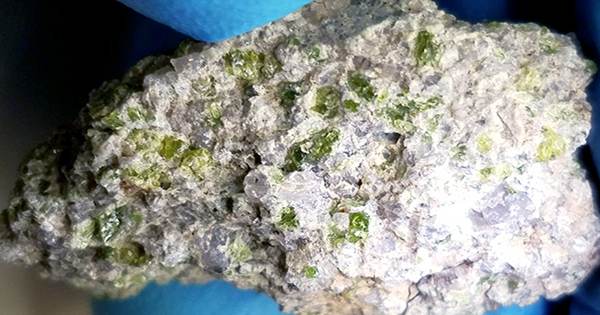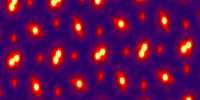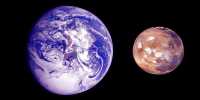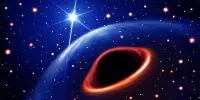A study published in the Processes of the National Academy of Sciences detailed the characteristics of the fertile Erg Chech 002, which found in 2020 in the Algerian region of Sahara, known as Erg Chech. In 2007, 100 million kg (220 pounds) meteorites discovered there. The Erg Chech 002 weighs 32 kilograms (70.5 pounds).
Interesting facts: Space rocks or elements enter the Earth’s atmosphere (and burn) and become meteors if they hit the ground. A meteorite discovered less than a year ago in the Sahara Desert may be the oldest example of crystalline lava in the solar system. Analysis of many pieces of this space rock suggests that they solidified millions of years before the formation of the Earth, which clues to what our planet formation was like at the very beginning.
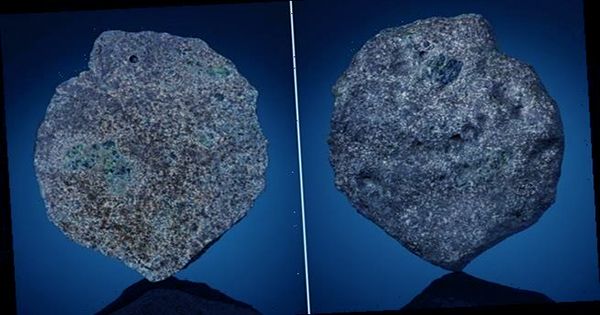
The team estimates that the spacecraft is about 20 million years older than our planet and 1 million years older than previous record holders are. The solar system was only 2 million years old when this rock formed. Researchers believe that what we are seeing is part of a protoplanets crust. If our perceptions of planetary formation are correct, the gas and dust surrounding the young Sun become pebbles and the rocks become protoplanets by scattering each other.
Protoplanets are objects that are much smaller than fully accepted planets but large enough to cause interesting geological processes. In the case of Erg Chech 002, the protoplanets were similar to a combination of carbon-rich asteroids, but this meteorite had its crust lava for a while before it solidified.
It is rare to find bits in the crust of this ancient body because eventually, the protoplanets of the solar system collided and transformed into Mercury, Venus, Earth and Mars. About 3,100 known meteorites, most of which are made of basalt from the crust of this ancient celestial body. A mineral known as Andesite instead of Chech 002 makes erg. Investigations have shown that these protoplasts with the crust of andesite were not very rare, but they are probably the building blocks of large rocky planets.
There is no other thing like this meteor in our record. “This suggests that the earliest divergent protoplanets in the solar system, as well as most of their fossils, must have been destroyed or subsequently elevated to increasingly rocky planets, making the discovery of meteors from the primitive crust an exceptional event,” the authors wrote in the paper.
